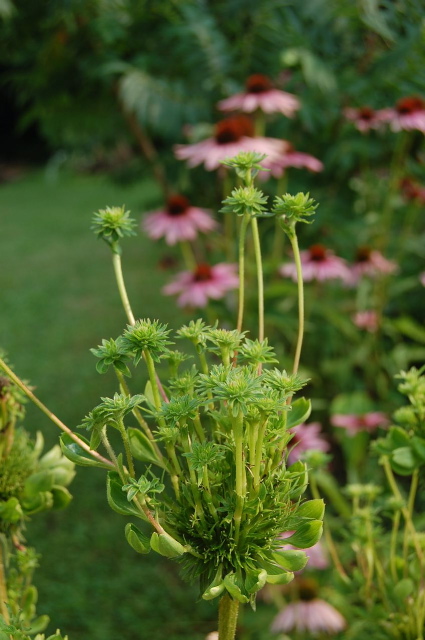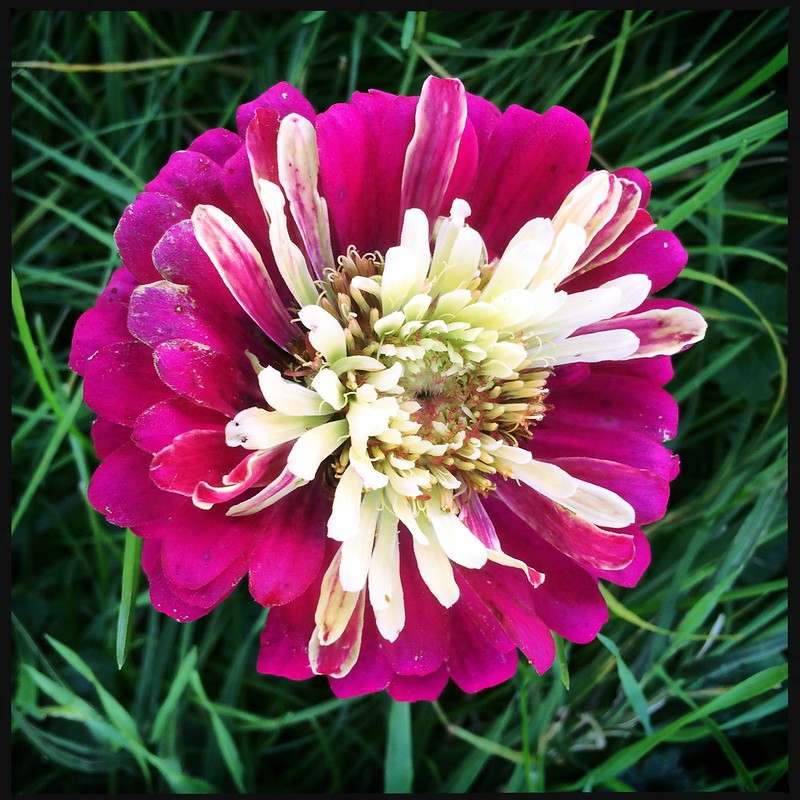Disease Profile: Aster Yellows
Of the pests and diseases that affect perennials, there are some that are easy to identify as soon as they appear in the garden, and there are others that remain mysterious for weeks, months, or even years before they can be identified. Aster yellows is a disease that can begin innocuously enough with some stunted buds on a single plant and then quickly become apparent across an entire garden if left unchecked.

What is Aster Yellows?
Aster yellows is a chronic, systemic disease that is caused by phytoplasmas that stunt the growth and development of hundreds of plants in the Asteraceae family.
Aster yellows phytoplasmas are specialized bacteria living within herbaceous plants' conductive tissue (phloem). Tiny insects called leaf hoppers serve as the vector, or spreading agent, of aster yellows, and will spread it every time they feed once they become infected with the phytoplasma. Leaf hoppers don't survive the winter, but are brought north from southern climates every spring, making it impossible to control their population.
Preventing Aster Yellows
Once a plant has aster yellows, it cannot be treated and can serve as a conduit of further spread, so removing and destroying any plants that become infected is essential.
The primary way to prevent aster yellows is to control its spread through regular maintenance in the garden to remove infected plants early, and by limiting the use of common plants that can carry it. Regular weeding is also important to reduce the potential of a plant hosting or spreading aster yellows to other desirable plants.

Susceptible Plants
Unfortunately the Asteraceae family includes many popular perennials including native favorites like Purple Coneflower (Echinacea), Black Eyed Susans (Rudbeckia) and Prairie Blazing Star (Liatris). Popular annuals that are also susceptible to aster yellows include marigolds, petunias, and vinca.
Aster yellows can also create problems in the vegetable garden, causing carrots to form stunted, bitter tasting roots, and potatoes to never develop.
Once discovered, plants with aster yellows should be removed, roots and all, and properly composted. Because the phytoplasmas are carried by leaf hoppers, the presence of a single plant with Aster yellows can be a portend for further infestation if left alone.
The prevalence of Aster yellows speaks to the necessity for diversity in the home garden. In addition to planting a variety of individual varieties of plants, it is also imperative to plant a variety of biological types of plants, as noted by the binomial or Latin name. By including plants of all families, the spread of Aster yellows can be slowed.
The prevalence of Aster yellows speaks to the necessity for diversity in the home garden.
